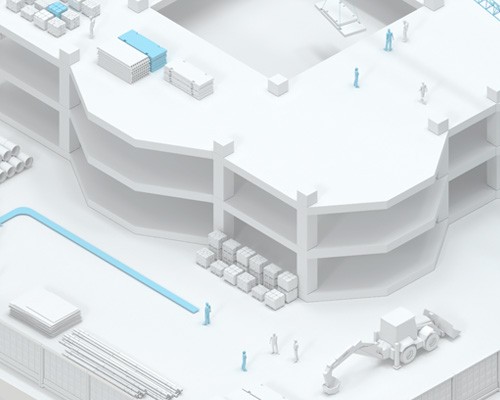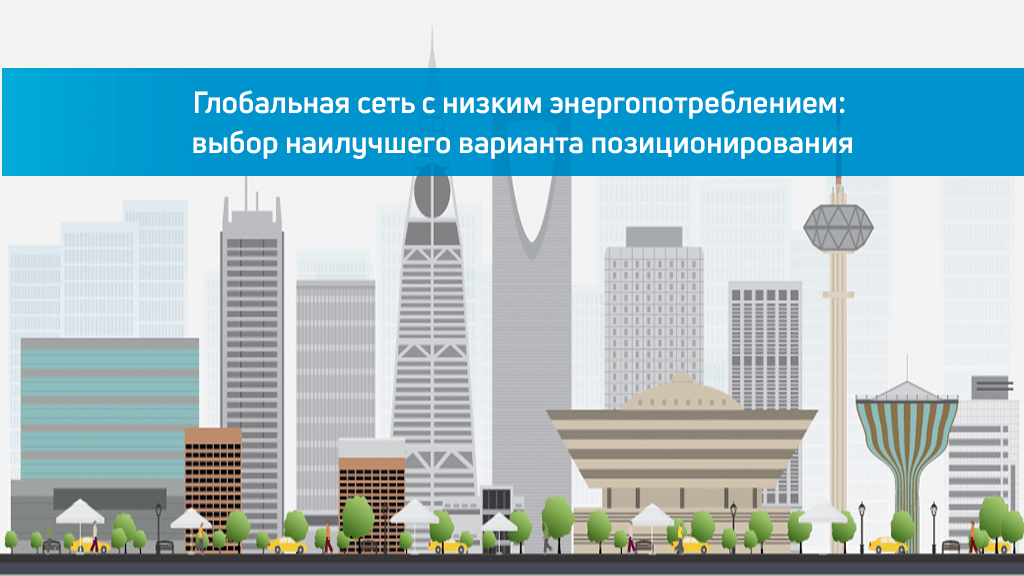
Навигация на стройке
Использование систем навигации на стройке может быть очень полезным для повышения производительности и безопасности на строительной площадке. Навигационные системы позволяют эффективно управлять ресурсами, оптимизировать процессы и снизить затраты на строительство.
Геоинформационная система (ГИС) Indoors Navigation Platform (INP) используются для обеспечения безопасности на стройке и включают в себя контроль доступа к опасным зонам, мониторинг действий рабочих и перемещения техники.
Использование навигации на стройке может помочь повысить эффективность строительных работ, снизить издержки и повысить безопасность, сделав процесс строительства более прозрачным и конкурентоспособным.
Цифровизация строительной площадки помогает ускорить проходящие процессы, повысить качество и безопасность, а также снизить затраты на строительство.

Цифровизация стройки означает использование новых технологий и инструментов для улучшения процессов строительства. Это включает в себя использование цифровых технологий для управления проектами, улучшения безопасности, повышения качества работ и сокращения времени строительства.
BIM-моделирование: использование 3D-моделей помогает ускорить проектирование и строительство, а также уменьшить количество ошибок. BIM-модели могут использоваться для планирования, управления ресурсами, контроля качества и оценки рисков.
IoT-технологии: встроенные датчики и устройства IoT могут использоваться для мониторинга состояния оборудования, управления потоком материалов и контроля температуры и влажности на стройке.
Аналитика данных: сбор и анализ данных позволяют оптимизировать процессы строительства и управления ресурсами, а также выявлять проблемы и риски.
Преимущества внедрения позиционирования на стройке:
Улучшенная безопасность:
Системы позиционирования могут использоваться для отслеживания перемещения людей и оборудования на стройке, что может помочь предотвратить возникновение аварийных ситуаций и обеспечить безопасность работников за счет контроль доступа к опасным зонам и детальному мониторингу их действий
Повышение эффективности:
Благодаря геоинформационной системе, можно определить местонахождение всех ресурсов на стройке и управлять ими более эффективно. Это позволяет сократить время выполнения работ и уменьшить затраты
Управление ресурсами онлайн:
Системы навигации могут использоваться для управления ресурсами на стройке, такими как строительные материалы, оборудование и рабочая сила. Это снизит издержки на строительство и повысит эффективность использования ресурсов, позволит улучшить планирование, прогнозирование и контроль процесса строительства
Улучшенный контроль качества:
Системы позиционирования могут использоваться для контроля качества работ на стройке, что может помочь выявить и устранить недостатки и ошибки в ранней стадии, сравнивать фактические результаты с проектными и быстро выявлять отклонения
Улучшенное взаимодействие с рабочими:
Системы позиционирования могут помочь установить более эффективную связь и взаимодействие между различными участниками проекта, что будет способствовать более успешной реализации строительства
Навигация для строительных машин:
GPS-навигация может использоваться для управления движением и работой строительных машин на площадке. Это помогает снизить количество ошибок и повторных работ, а также повысить производительность
Навигация для логистики:
Системы навигации могут использоваться для оптимизации логистики на стройке, например, для определения оптимального маршрута доставки материалов и оборудования

Забота о сотрудниках
Забота о рабочих на стройке является одним из важнейших аспектов в строительной индустрии.
Применение современных систем позиционирования и трекинга на стройке улучшает условия работы и безопасность рабочих. Например, системы отслеживания перемещений рабочих автоматически контролируют доступ рабочих на опасные участки строительной площадки, обеспечивают безопасное перемещение на высоте и определяют местоположение каждого рабочего.
Это способствует уменьшению количество происшествий на строительной площадке и повышает эффективность работы, так как рабочие могут быстрее и точнее находить нужные участки стройки, местоположение оборудования и инструмента.
Что получает строитель:
- Улучшение безопасности. Системы позиционирования могут помочь контролировать доступ на опасные участки строительной площадки, обеспечить безопасное перемещение по высоте и определить местоположение каждого рабочего на стройке. Это может уменьшить количество происшествий на стройке и улучшить безопасность рабочих.
- Улучшение условий работы. Системы позиционирования могут помочь рабочим быстрее и точнее находить нужные участки стройки и местоположение оборудования. Это может повысить эффективность работы и снизить усталость рабочих.
- Улучшение коммуникации. Системы позиционирования могут обеспечить лучшую коммуникацию между рабочими и менеджерами проекта, так как каждый сможет знать, где находятся другие участники строительства.
- Повышение производительности. Системы позиционирования могут помочь улучшить управление ресурсами, оптимизировать процессы и снизить издержки. Это может привести к увеличению производительности и повышению заработной платы рабочих.

Цифровизация строительства
Цифровизация строительства с использованием современной навигации позволяет повысить эффективность работы, снизить затраты на производство и сократить время строительства.
Технологии позиционирования и трекинга перемещений помогают улучшить планирование и управление стройкой, повышают безопасность рабочих и обеспечивают более точный контроль над процессом строительства. Кроме того, цифровизация строительства способствует уменьшению экологического воздействия и повышению качества выполняемых работ.
Что получает застройщик:
- Увеличение эффективности управления строительством. Онлайн наблюдение за ходом работ, контролировать расходы и снижать вероятность ошибок.
- Улучшенное планирование и координация работ: с помощью данных, полученных от системы позиционирования и трекинга перемещений, застройщик может улучшить планирование и координацию работ на стройке, что приведет к улучшению продуктивности и сокращению времени выполнения проекта.
- Улучшенная безопасность: геоинформационная система поможет в управлении безопасностью на стройке, например, предупреждая рабочих о зонах повышенной опасности или обнаруживая необычное движение на стройке, что может указывать на проблемы с безопасностью.
- Уменьшение ошибок и недоработок: благодаря более точной информации о местонахождении рабочих и оборудования на стройке, застройщик может уменьшить количество ошибок и недоработок, что может привести к снижению расходов на исправление этих проблем.
- Улучшенная прозрачность: застройщик может использовать систему позиционирования и трекинга перемещений, чтобы получить более полную информацию о работе на стройке и предоставить ее заинтересованным сторонам, таким как инвесторы или регуляторы, что может улучшить прозрачность и увеличить доверие к проекту.
- Увеличение эффективности использования ресурсов: застройщик может использовать информацию, полученную от системы позиционирования и трекинга перемещений, для оптимизации использования ресурсов, таких как оборудование, материалы и рабочая сила, что может привести к сокращению затрат и увеличению прибыли.
Актуальность
Использование современных технологий позиционирования и мониторинга повысит безопасность и улучшит рабочие процессы, повысив уровень удовлетворенности рабочих.

Тематические публикации в нашем блоге

Применение позиционирования и отслеживания рабочих на стройке
Современные строительные площадки становятся все более сложными и масштабными. Чтобы управлять этими объектами эффективно, девелоперам и строителям необходимо использовать передовые технологии. Одной из таких…

Глобальная сеть с низким энергопотреблением: выбор наилучшего варианта позиционирования
Глобальная сеть с низким энергопотреблением (LPWAN) впервые появилась в результате необходимости уменьшить размеры и стоимость устройств IoT, сохраняя эффективность работы от батарейки. Обеспечивая дальнюю связь с низким энер…

Как цифровые карты помогают девелоперам продавать недвижимость.
В современном мире цифровых технологий успешные продажи недвижимости требуют инновационного подхода. Цифровые карты объектов, такие как те, которые предлагает Indoors Navigation, становятся неотъемлемой частью стратегии…

Домофон — от слуховых трубок до IoT
Мир сильно изменился с тех пор, как более 100 лет назад был изобретен первый домофон . В то время жители многоквартирных домов покупали товары на рынке в шаговой доступности от дома, ездили только по особым случаям и редко беспокоились о том, что к ним заглянет нежданный гость. Сегодня они покупают в…
Часто задаваемые вопросы по навигации на стройке
Зачем нужна ГИС на строительной площадке и какие задачи она решает?
ГИС на стройке позволяет эффективно управлять территорией, отслеживать ресурсы, мониторить передвижение техники и персонала, а также контролировать ход строительства в режиме реального времени. Это упрощает координацию и улучшает соблюдение сроков и бюджетов.
Какие преимущества ГИС приносит именно для строительных процессов?
ОГИС помогает оптимизировать распределение техники и ресурсов, минимизировать риски на стройплощадке, а также обеспечивать точное документирование прогресса строительства, что важно для отчетности и принятия решений.
Как ГИС помогает улучшить безопасность на стройке?
Система может контролировать доступ в опасные зоны, отслеживать местоположение персонала и оборудования, а также обнаруживать потенциально опасные ситуации, что снижает риск травм и инцидентов.
Могут ли данные ГИС использоваться для отчетности и контроля?
Да, система позволяет автоматизировать сбор информации для отчетности, включая документирование этапов строительства, что помогает отслеживать исполнение проекта и демонстрировать прогресс инвесторам.
Можно ли использовать ГИС для отслеживания оборудования и материалов?
Да, ГИС позволяет отслеживать передвижение и местоположение техники и материалов, обеспечивая контроль за ресурсами и предотвращая кражи или потери на стройплощадке.
Как ГИС может повысить точность выполнения строительных задач?
Система позволяет отслеживать точное положение техники и персонала, помогает в выравнивании, планировании раскопок и других задач, где требуется высокая точность, что снижает вероятность ошибок.
Насколько сложно внедрить ГИС на стройке и какие этапы включает процесс?
Внедрение включает установку сенсоров и GPS-трекеров, настройку программного обеспечения и обучение персонала. Сложность зависит от масштаба проекта, но обычно процесс занимает от нескольких недель до месяца.
Какие еще перспективы развития ГИС на стройке?
В будущем ГИС на стройке может использовать данные для предиктивной аналитики, предсказывать возможные задержки, контролировать износ техники и улучшать взаимодействие с другими умными системами на объекте.
